
US airstrikes kill 8 al Qaeda operatives in central Yemen
The military said it is attempting to deny al Qaeda in the Arabian Peninsula “a haven” in Yemen. The group still controls rural areas in the south.

The military said it is attempting to deny al Qaeda in the Arabian Peninsula “a haven” in Yemen. The group still controls rural areas in the south.
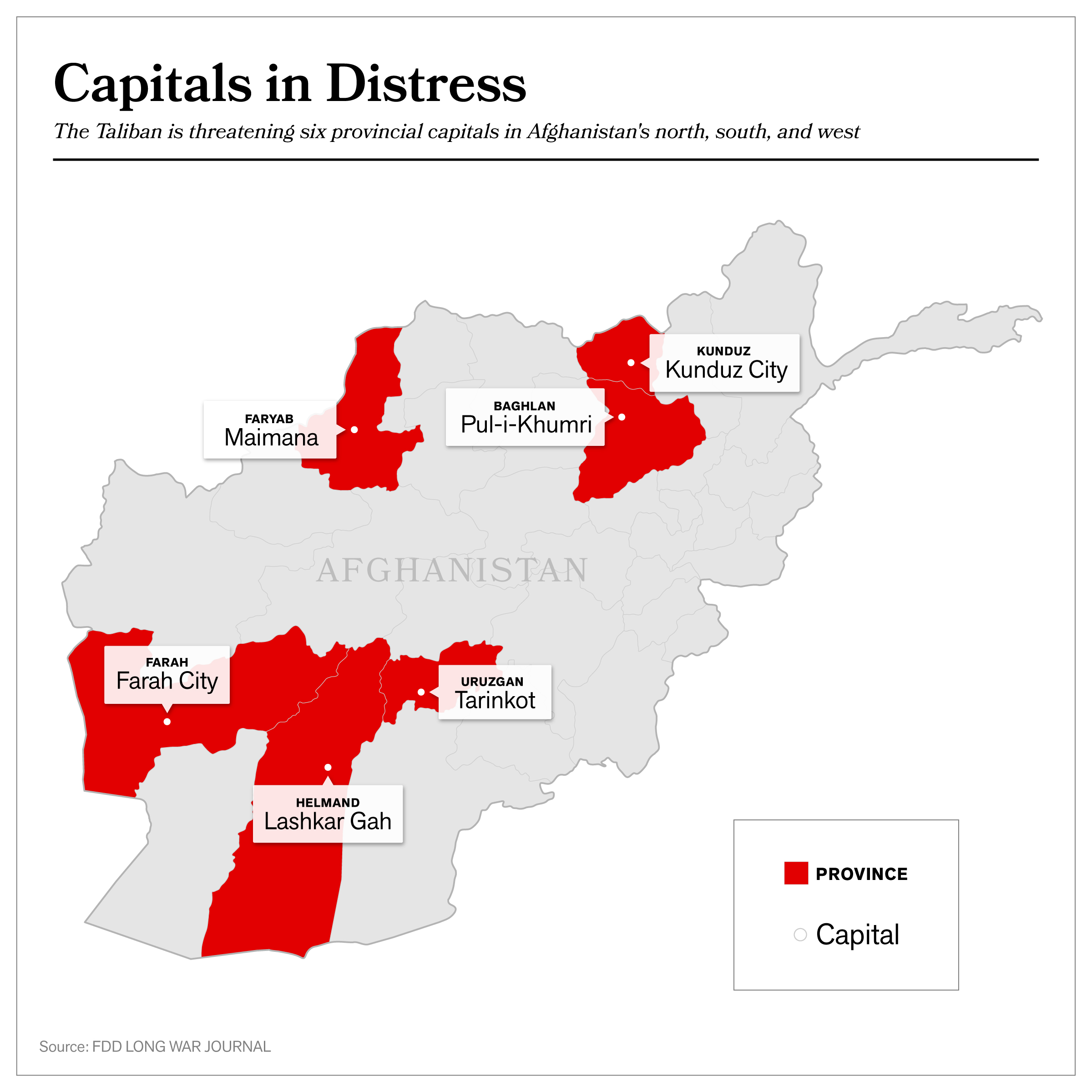
Six provincial capitals now are threatened by the Taliban. On Oct. 16, the Taliban assaulted Maimana, Faryab’s capital from three directions and attacked the city’s airport and an Afghan Army base, but were repulsed by Afghan forces.
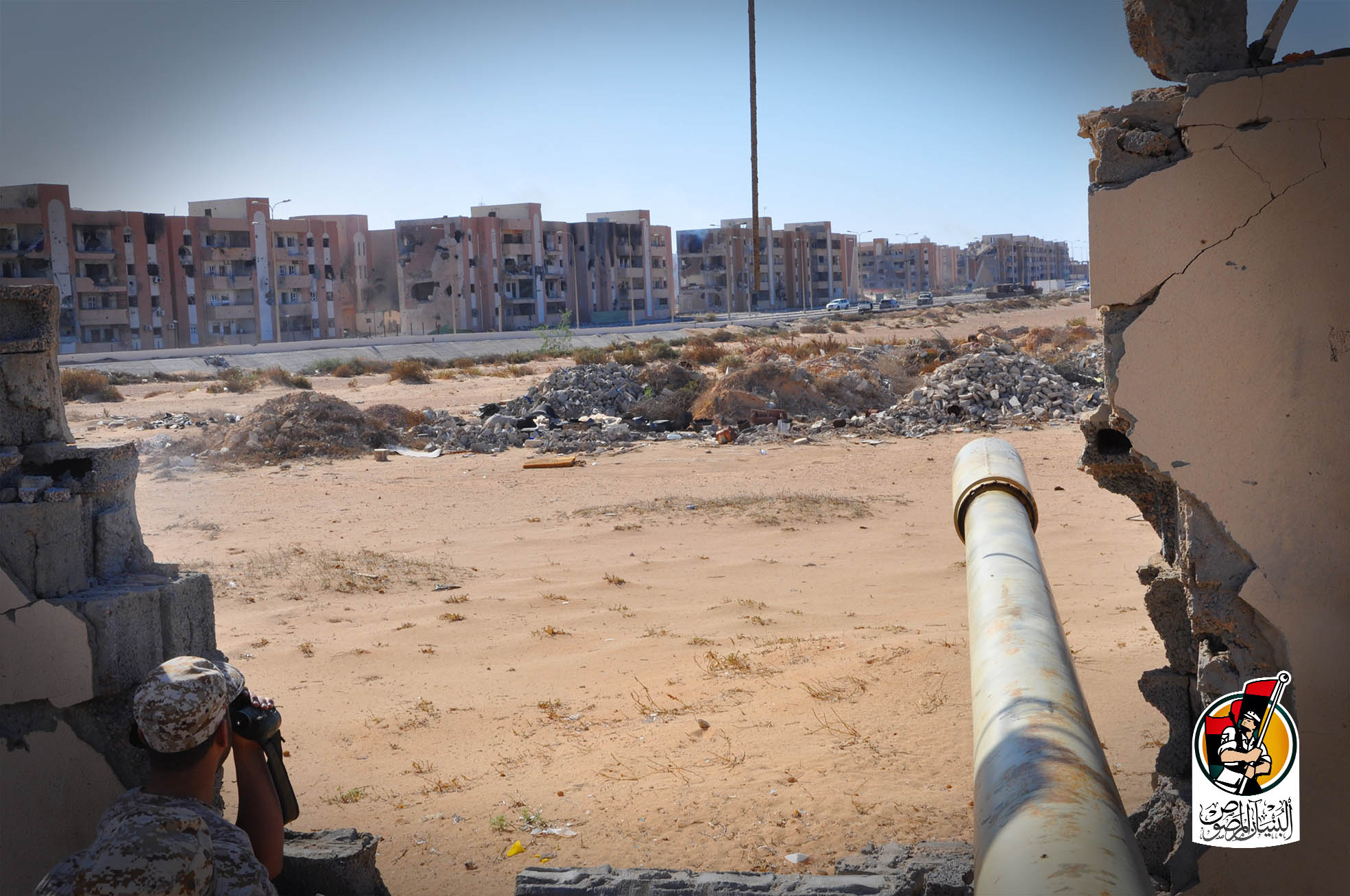
The US carried out 330 airstrikes against the Islamic State in Sirte, Libya between Aug. 1 and Oct. 18, according to data released by US Africa Command. Nearly half of these (150) were launched during the first 18 days of October. The figures indicate that the American air campaign has accelerated in its third month as the US and its Libyan allies are still trying to eject the Islamic State from the city.

The shooter is said to have been wearing an Afghan Army uniform. If the shooting is confirmed to be a green-on-blue or insider attack, where Afghan police or soldiers target Coalition personnel, then it would be the first recorded incident since April 2015.

The fight in Iraq, as in other jihadist theaters, ebbs and flows. For the Islamic State, it is currently retreating from many of the cities it once held. But do not expect a lasting defeat of the Islamic State.
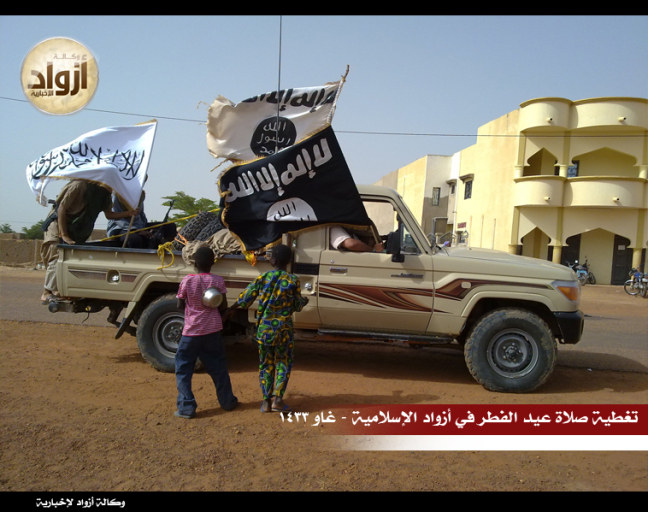
Today’s attempted prison break is just the most recent in a spate of attacks in Niger from suspected Malian-based jihadists.

The Islamic State claims to have carried out 12 suicide bombings south and east of Mosul during the first hours of the battle to retake the city. However, the Iraqi Popular Mobilization Units (PMU) claims that the suicide attackers were neutralized. The so-called caliphate has increasingly relied on its “martyrs” as it has lost ground in the past.

The Syrian town of Dabiq, which has long been central to the Islamic State’s apocalyptic messaging, was captured by Turkish-backed rebel forces on Oct. 16. Turkey’s Operation Euphrates Shield says that more than 1,300 square kilometers of territory along Syria’s border with Turkey has been seized from the Islamic State since August.
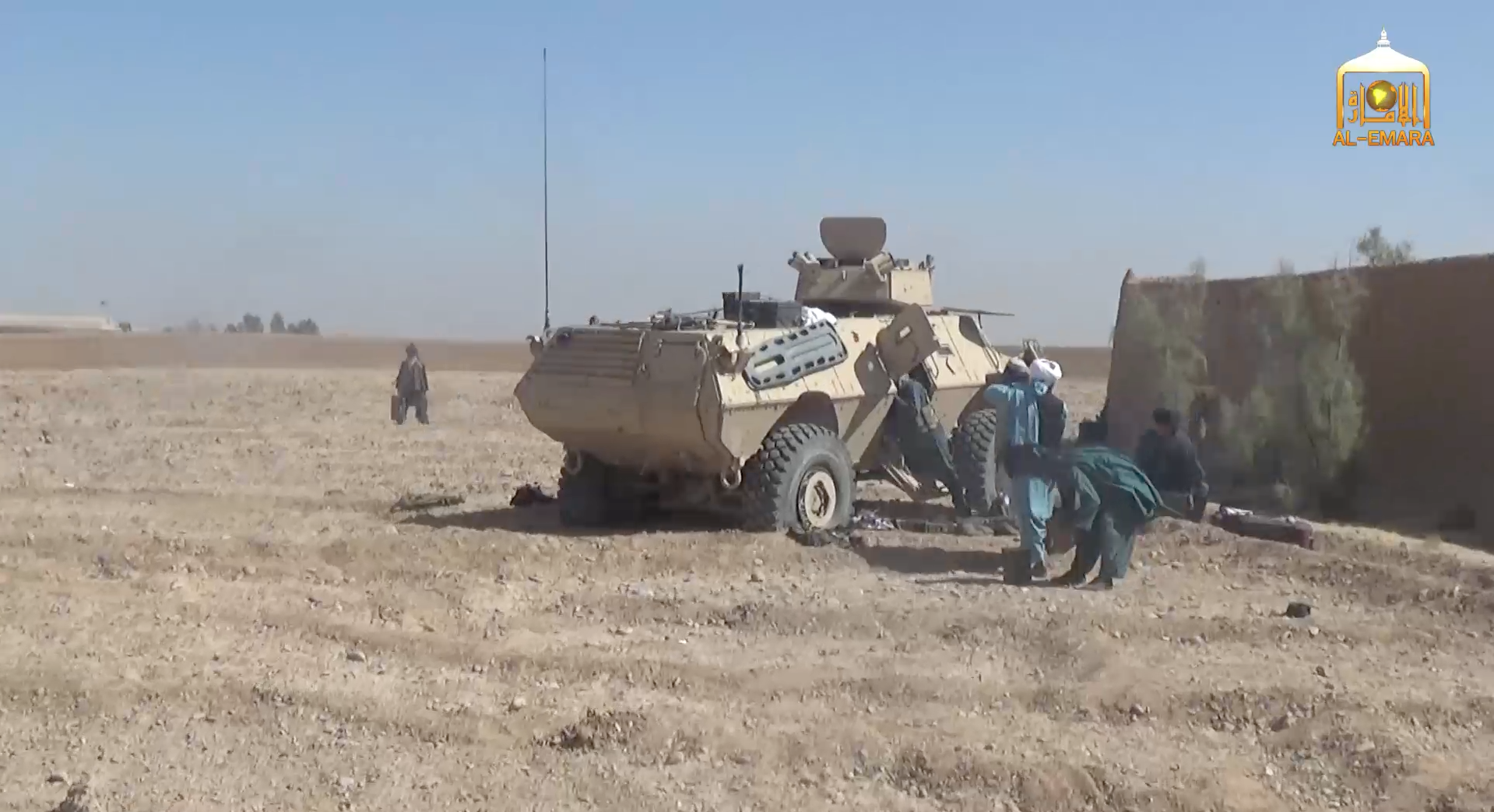
A Taliban video documents the aftermath of last week’s ambush on Afghan security personnel on the outskirts the provincial capital of Helmand which resulted in scores of troops killed and dozens more captured.

The anti-Islamic State coalition, which includes Kurdish, Sunni, and Shiite militias, has begun the operation to retake Mosul. Iranian-backed Shiite militias are expected to play a key role in the upcoming battle.
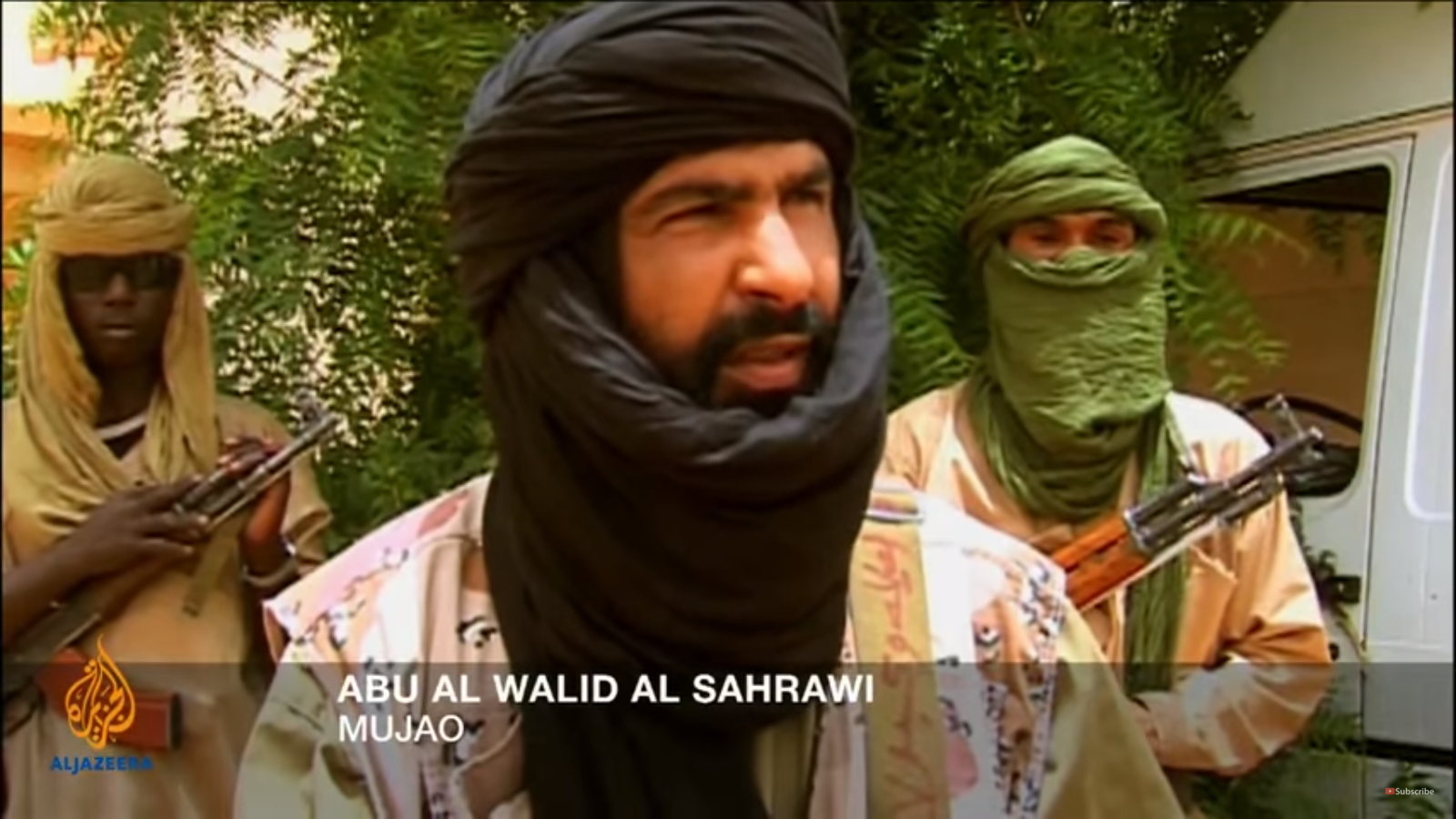
The Islamic State in the Greater Sahara (ISGS) has claimed its second attack in two months. Both reportedly occurred in the same area of northern Burkina Faso near the border with Mali.
A deeper look at a recent airstrike in Sanaa by the Saudi-led military coalition, where Iranian security elites display a penchant for narrative, a circumscription of their own support for the war, as well the traditional blaming of the United States. In so doing, light is shed on how these security planners see their regional rivalries.
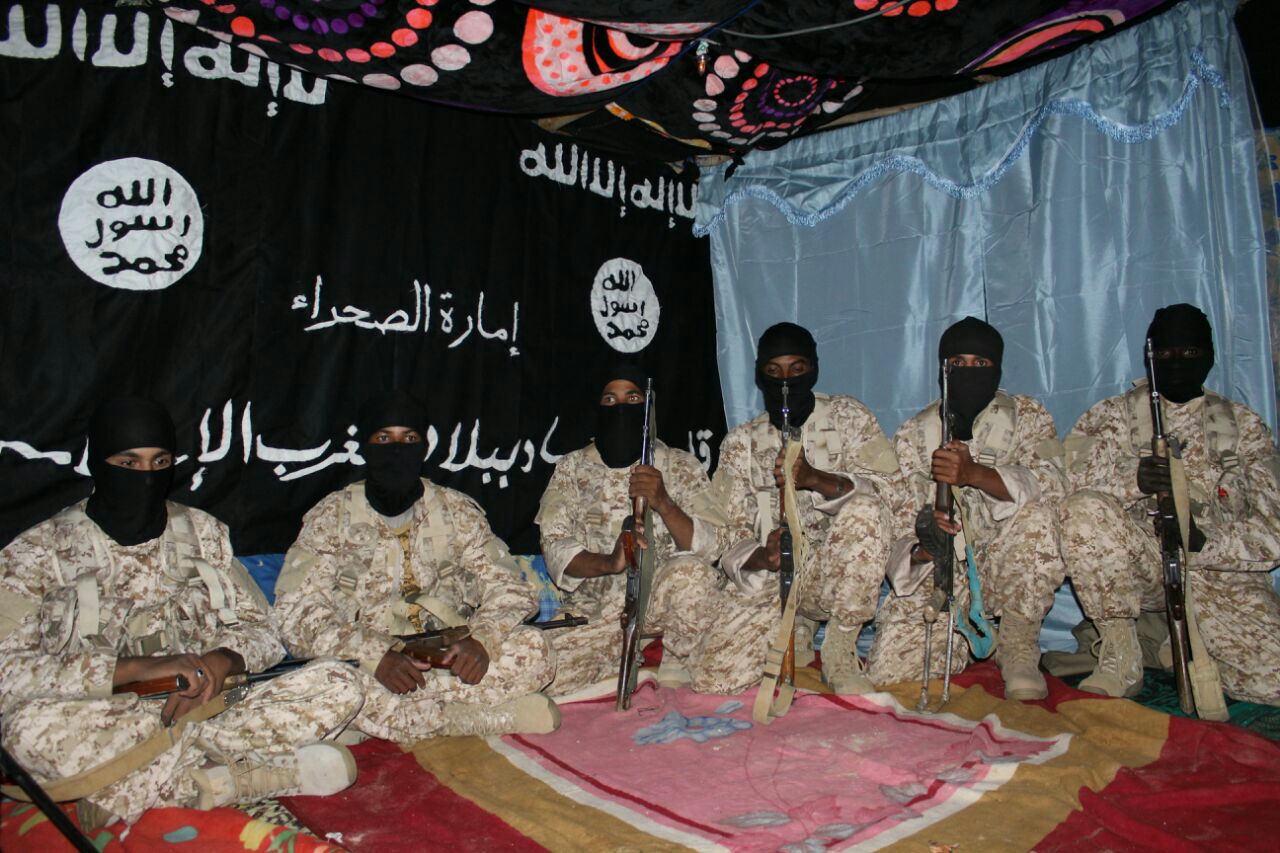
No group has to yet to claim this, but al Qaeda in the Islamic Maghreb has been behind several kidnappings of Westerners in Niger in the past.
Iran’s conventional Navy reportedly deployed two vessels to international waters surrounding Yemen yesterday. First reported in the semi-official Iranian press, the story has also been noted in the Western press, where it was framed as part of the larger Saudi-Iranian rivalry and the ongoing war in Yemen.
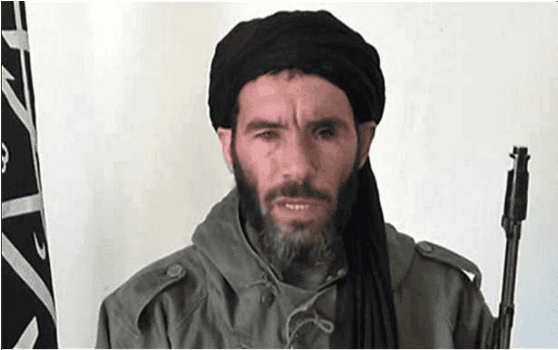
On Oct. 9, a statement attributed to Mokhtar Belmokhtar was circulated online. The message eulogizes Sheikh Ag Aoussa, a prominent Tuareg leader who was reportedly killed in an explosion after attending a meeting at a UN camp in Mali. The statement’s author, presumably Belmokhtar, blames France for Aoussa’s death and calls on tribes to turn against the French.
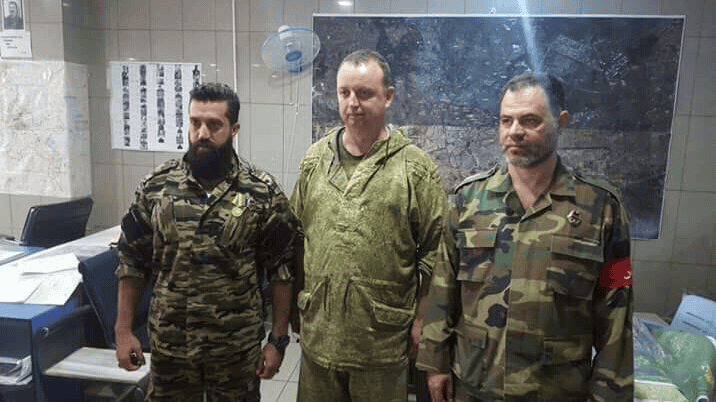
Top commanders in the Quds Brigade, a Palestinian militia allied with the Syrian government that operates in Aleppo, have been photographed receiving medals from Russian military officers for battlefield victories.
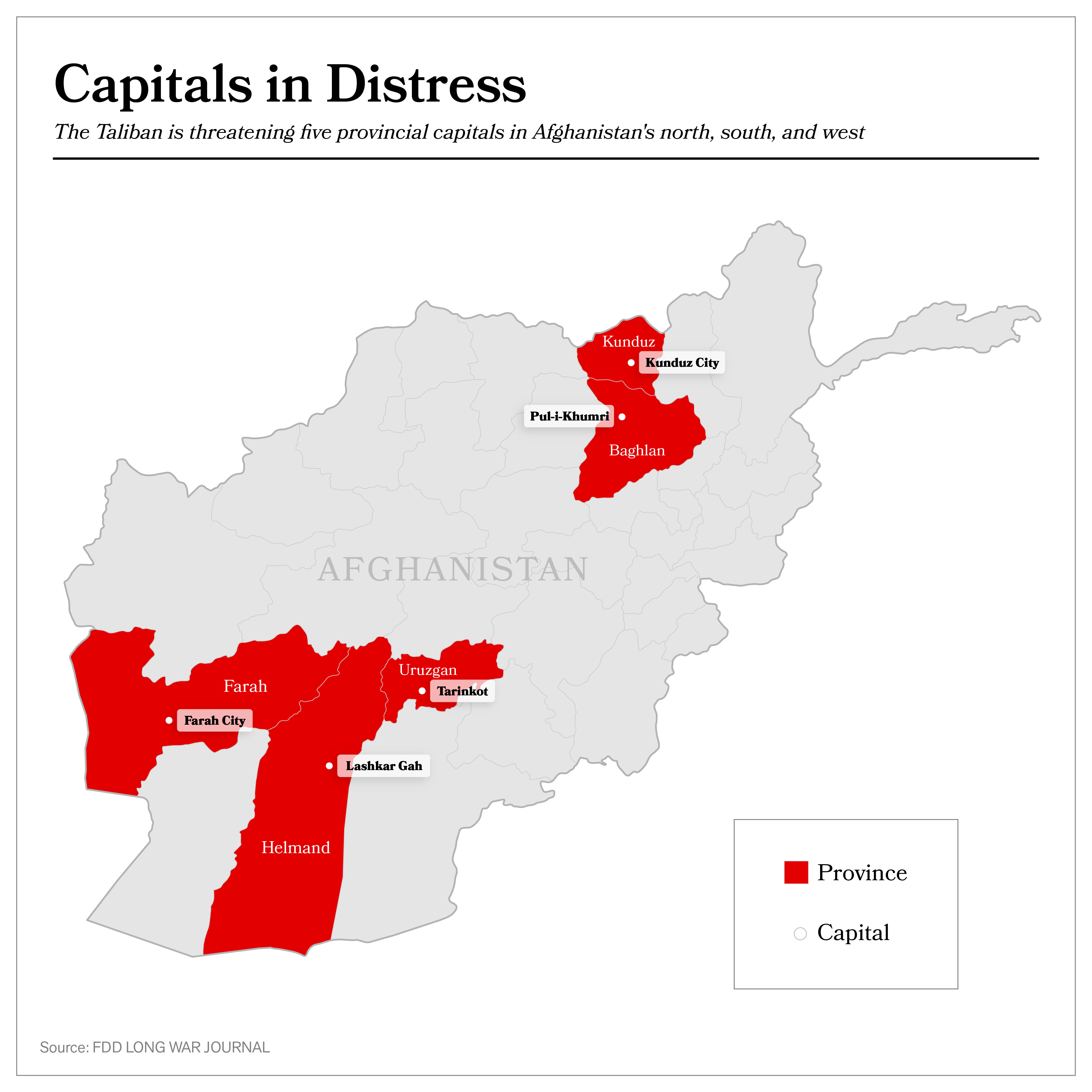
The Taliban threatens two capitals in the north (Kunduz City and Pul-i-Khumri), two in the south (Tarin Kot and Lashkar Gah), and one in the west (Farah City).
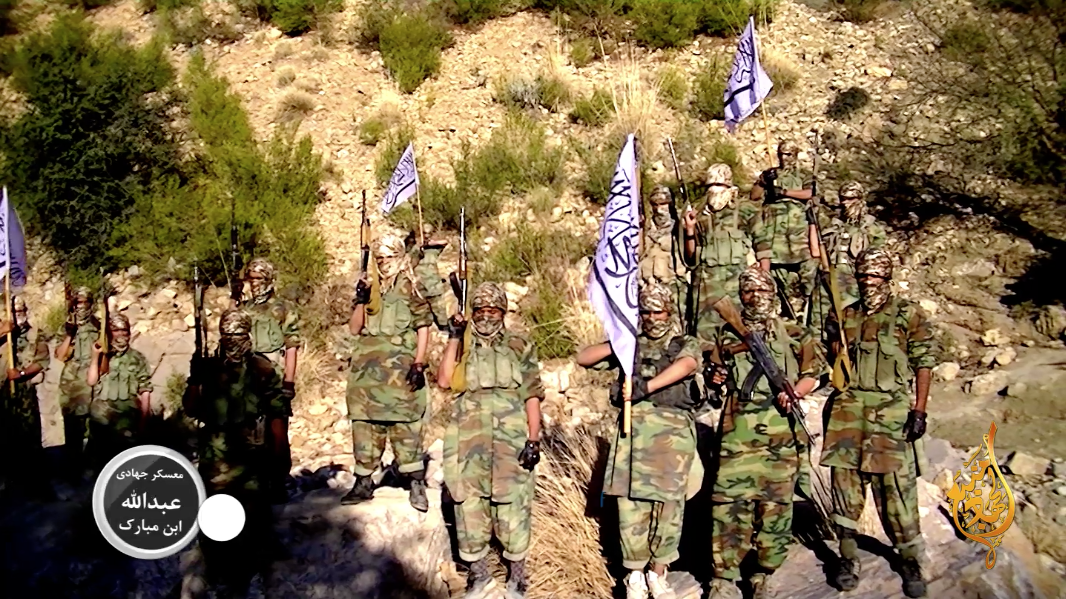
Reports from Afghanistan indicate that hundreds of police and soldiers were killed, captured, or defected to the Taliban after they tried to negotiate a withdrawal.
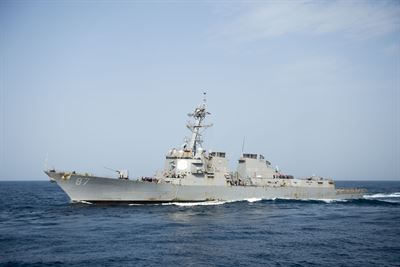
The US military launched missile strikes on three radar sites in a Houthi-controlled area of Yemen. The strikes came in response to two attacks on the USS Mason earlier this week. The Houthis’ insurgency in Yemen is backed by Iran and has greatly complicated US counterterrorism efforts.
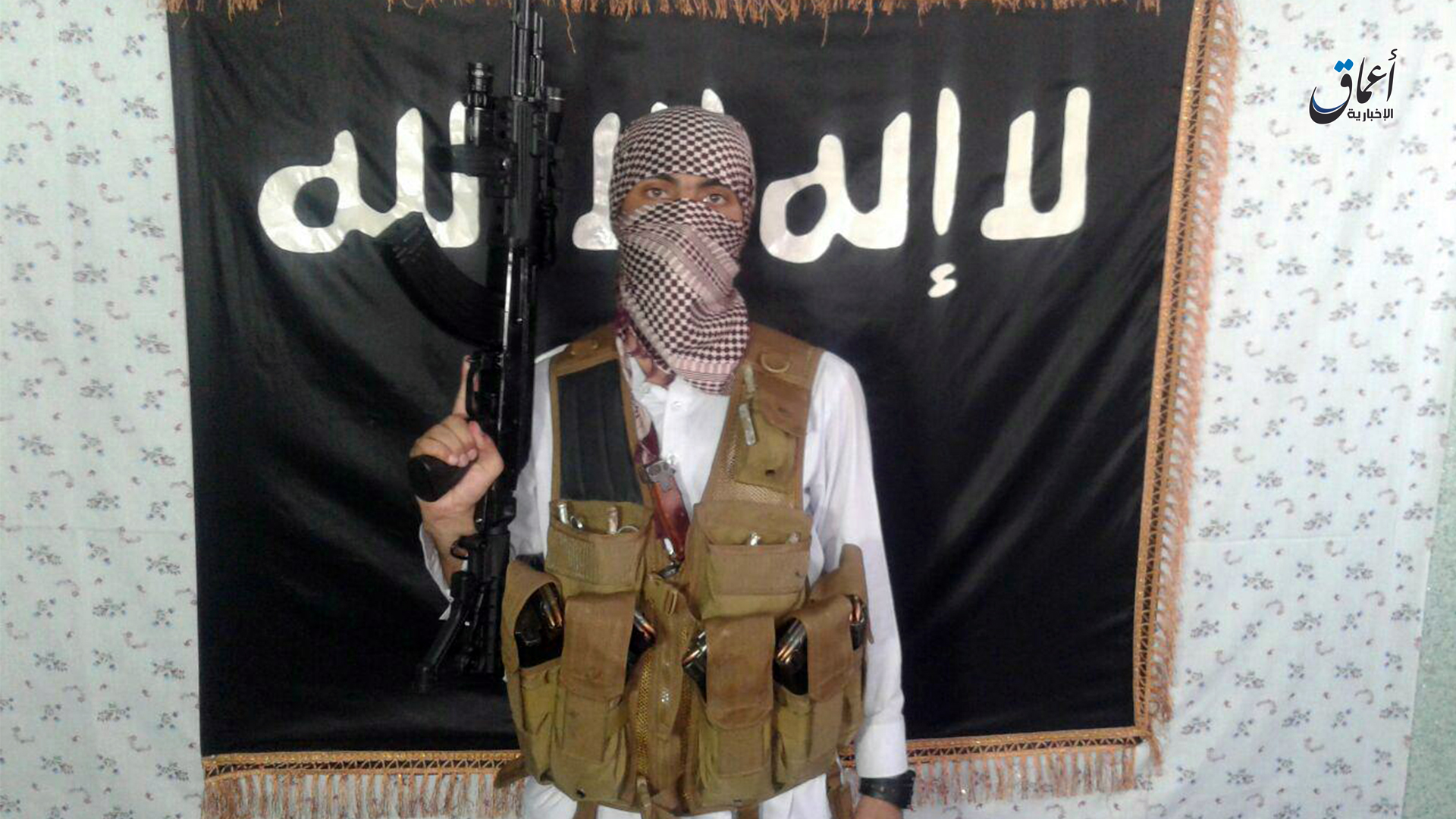
The Islamic State’s Khorasan province has embraced Abu Muhammad al Adnani’s call for the targeting of Shia.
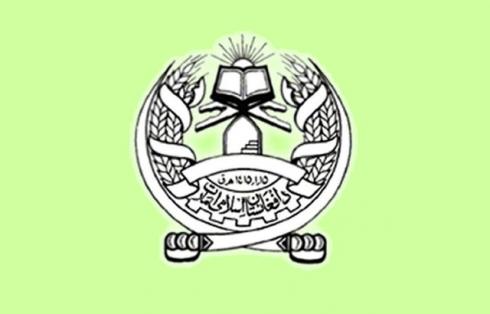
The Taliban regain control of Ghormach district in Faryab province. The district has been contested since the Taliban controlled it one year ago.
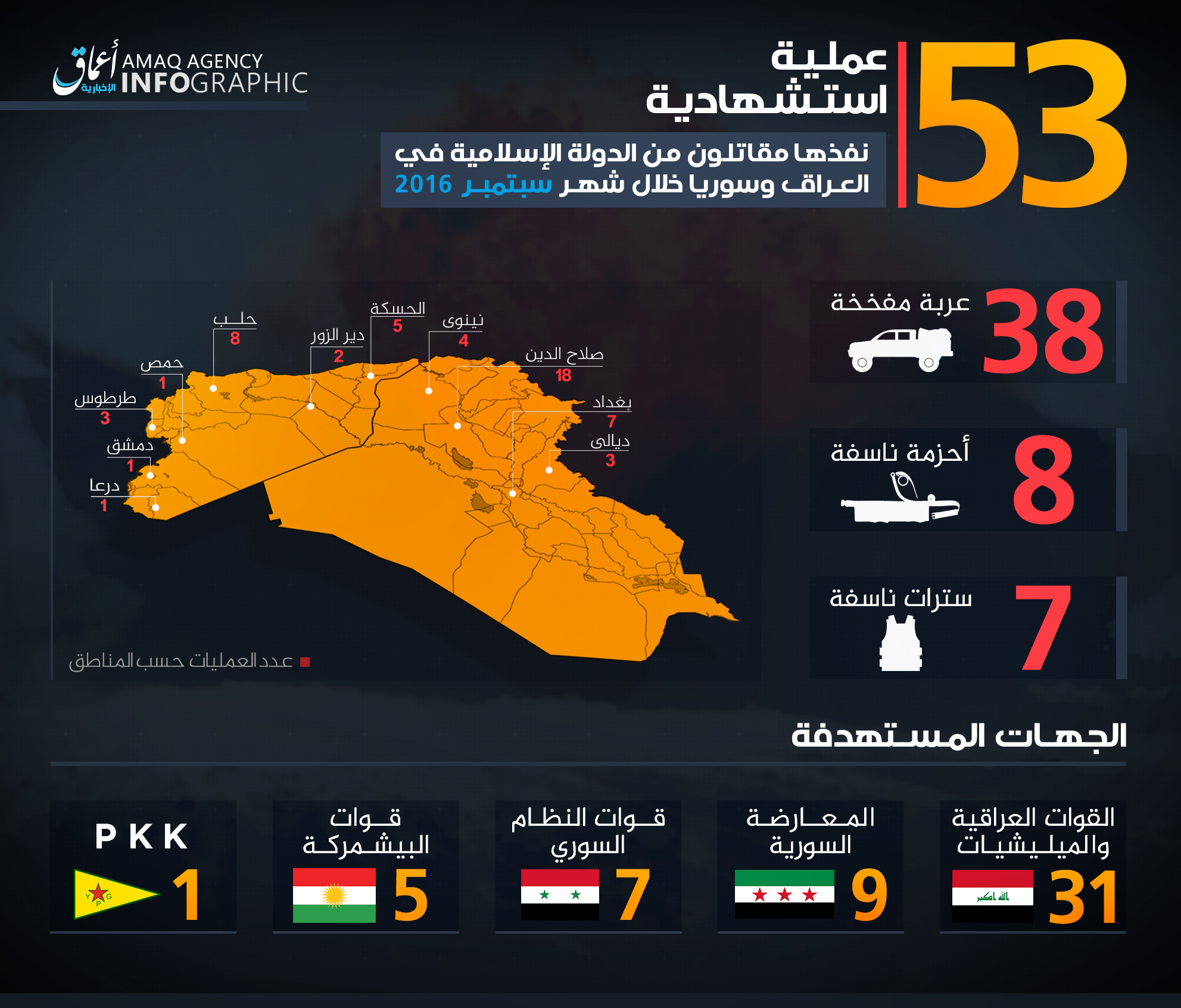
The Islamic State’s Amaq News Agency claims that the so-called caliphate launched 53 “martyrdom operations” in Iraq and Syria in September. This is less than any previous month in 2016. But the Islamic State has claimed 782 suicide bombings in Iraq, Syria and Libya during the first nine months of 2016, for an average of 87 per month. If accurate, this is a historically high rate.
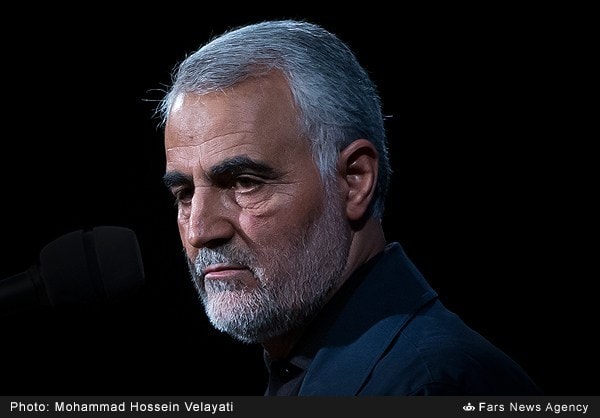
Two top officials from the Islamic Revolutionary Guard Corps Qods Force (IRGC-QF) delivered remarks commemorating the most senior IRGC commander killed in Syria last year. Qassem Soleimani, the commander of the IRGC-QF, spoke about the strategic importance of Syria, and claimed that the Islamic State was established with the goal of threatening Iran.

Jund al Aqsa has sworn allegiance to Jabhat Fath al Sham, al Qaeda’s rebranded branch in Syria. Jund al Aqsa itself is an al Qaeda front group. The move comes after weeks of infighting between Jund al Aqsa and other groups opposed to Bashar al Assad’s regime.

The Pentagon has confirmed that Ahmed Salama Mabrouk was killed in an Oct. 3 airstrike in Syria’s Idlib province. According to Defense Department Press Secretary Peter Cook, Mabrouk was “one of Al Qaeda’s most senior leaders” and his death is “a blow to their ability to plot external attacks.” Mabrouk was one of the most senior officials in Jabhat Fath al Sham, al Qaeda’s rebranded branch in Syria.
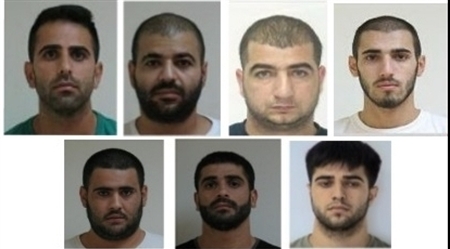
On Hezbollah’s instruction, the cell of six chose a location in lower Galilee to carry out a mass casualty attack against IDF soldiers.
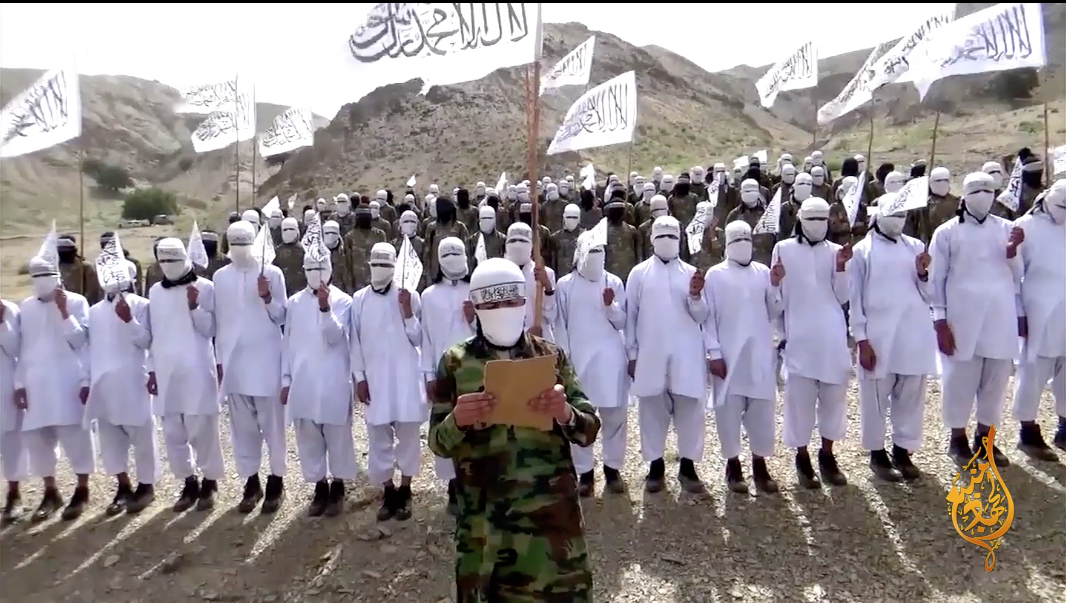
The Taliban’s “Real Men” video contradicts many of its public statements where the group claims it only seeks to liberate Afghanistan from occupation. Instead, it makes it clear that the Taliban views itself as a defender of Islam and part of the global jihad.

The attack was reportedly perpetrated by al Qaeda in the Islamic Maghreb, but no group has yet to claim the assault.

The US has targeted AQAP’s network in Yemen at least four times in September, and 28 times so far this year, according to data compiled by The Long War Journal.
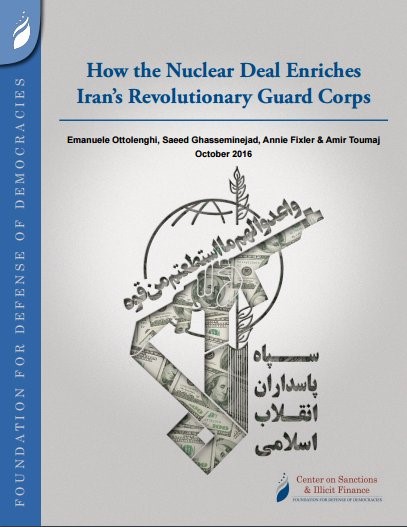
The influence and reach of the Islamic Revolutionary Guard Corps (IRGC) in Iran’s economy and military is so extensive that it stands to be a primary beneficiary of the Joint Comprehensive Plan of Action, according to a report issued yesterday by the Foundation for Defense of Democracies.